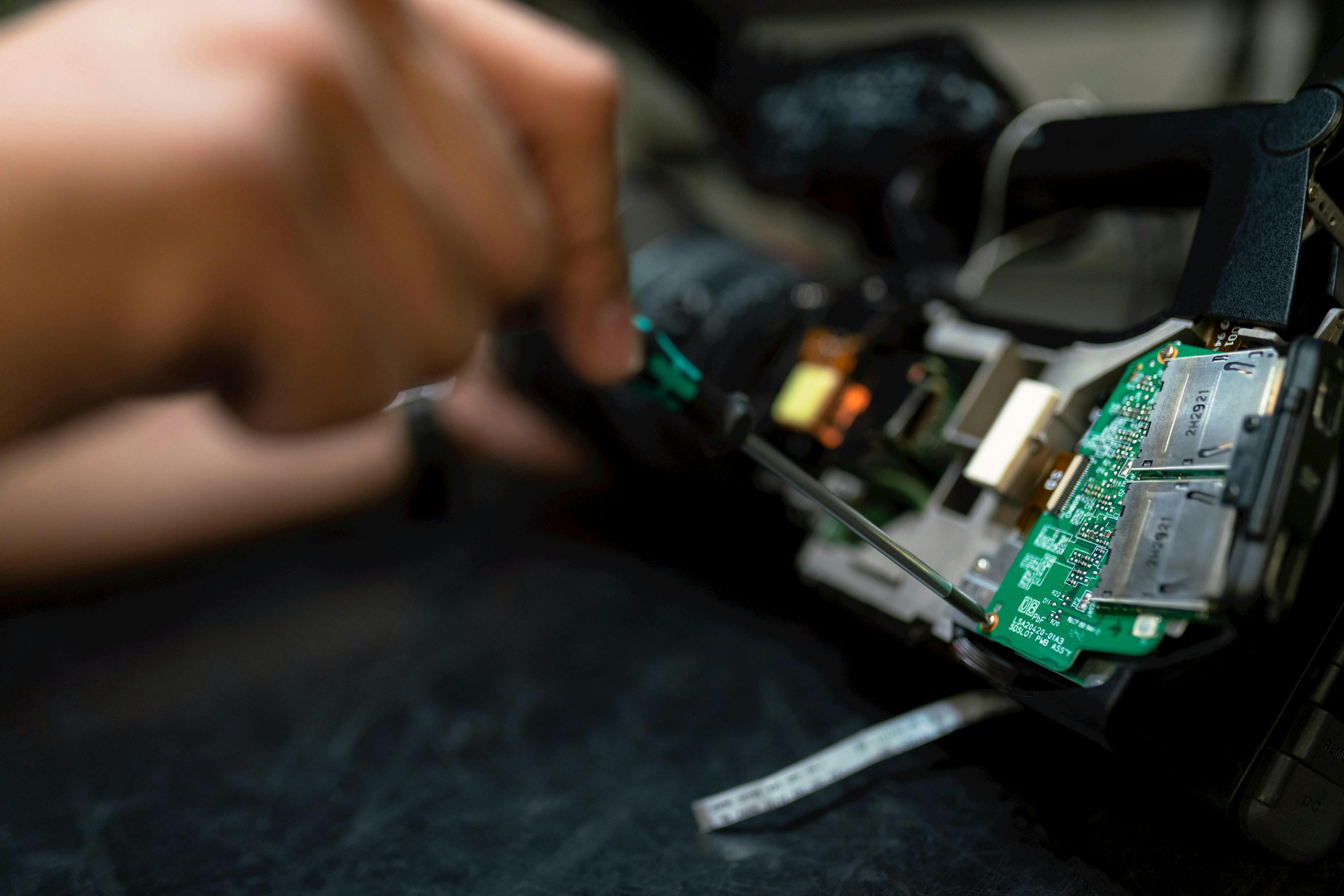Life after lockdown - how tech is set to shape the industry
Last week the UK Government announced a further 3-week extension to the UK lockdown, meaning that the world's biggest work-from-home experiment will continue for a little while longer.
Business as usual
Following the outbreak of COVID-19 we've had to mobilise swiftly and implement digital technology aimed at transitioning the workforce to remote working. For the most part this has been successful, ensuring organisation continuity and maintaining a ‘business as (un)usual’ ethos. As a young and agile business, we adopted remote working methods from the very beginning. As a result, various tech such as cloud computing, remote video conferencing, paperless technology, workflow collaboration and adaptable project management software were all ingrained into our business processes. We knew from the outset that there were a multitude of advantages in adopting these principles, but we never could have predicted that a global pandemic would force us to rely on technology in the way we have. It is a huge sense of relief that our staff have been able to continue their day-to-day work with minimal disruption and loss of productivity.
Investing in ourselves
In recent weeks we have all invested time and resource into various video conferencing tools: Zoom, MS Teams, Skype; they are all in the mix. It has enabled stakeholders to communicate efficiently, allowing projects to continue moving forward. When the enforced lockdown ends there will be a rush among businesses trying to make up for lost time and salvage what is left. It will be the companies that have managed to maintain some form of operation that will return with heightened momentum. Tech will undoubtedly play a huge part in creating that momentum during the restrictions, but is the wider industry prepared to get back up to full speed? The Chancellor of the Exchequer, Rishi Sunak, recently announced a further £1.25 billion investment in loans and grants for businesses who are driving research and development, complimenting them by stating they will “help power our growth out of the COVID-19 crisis.” Surely now it is more important than ever for the UK construction industry to harness technology and take advantage of this investment?
So what happens next?
Whilst it is still unclear what the ‘new normal’ will look like, the government has indicated that social distancing measures of some sort will likely remain for 12 months, at least until a vaccine or suitable treatment for COVID-19 becomes available. Contractors and developers are already looking at the bigger picture after the lockdown ends. Bovis Homes, who closed nearly all of its sites following the outbreak, are currently trialling prototype GPS technology which alerts workers if they move too near to their colleagues, so as to ensure social distancing is maintained. It is understood that the product is based on a vibration or flashing light system rather than sound due to the typically noisier environment of building sites. Technology company Sensat, which utilises drone technology, offers software to monitor construction sites remotely and has made its remote working platform Mapp free for six months. Using Mapp, project teams can take snapshots of active construction sites and monitor them remotely throughout lockdown. The University of South Australia (UniSA), in partnership with Canadian tech firm Draganfly, is developing a “pandemic drone” designed to detect people with COVID-19 and other respiratory diseases from above. The drone will use sensors that can monitor people’s temperature, pulse and breathing, and can detect sneezing and coughing in crowds. For office based organisations, giving a workforce remote access to BIM can be expensive, potentially requiring major investments in new hardware and software licences. Dalux BIM Viewer offers a free-to-use alternative that allows project teams to share and update BIM models and drawings using smartphones and tablets. This software has already been deployed by the likes of BAM, Kier, Wates and Sir Robert McAlpine. Video conferencing and work travel could soon become a thing of the past if virtual reality collaboration takes off. Tech start-up Spatial has created a compelling solution based around a workplace populated by realistic 3D avatars created from 2D photos of each meeting participant. Sticking with the virtual reality theme, Aecom has launched an interactive web-based tool that allows consultants to engage and consult various stakeholders from their computer or mobile device. It is hoped that this will enable public consultations to continue as planned and a number of overseeing authorities have already signed up to use the software.
What does the future look like?
It is clear that even after COVID-19 passes, advancements in tech within the sector may be here to stay, with the wider industry realising its potential advantages. The virus is forcing change in a sector which was not ready for change, but suddenly everything has changed overnight. The above technological advancements are just the beginning – we envisage exponential growth and change following a year or more of forced advance in technology use. News of what others are doing will spread through local networks and webinars. Things will not then go back to where they were before COVID-19. Being pro-active is key to ensuring we move forward with this growth and not left behind with the ones unwilling to admit change is now necessary.

